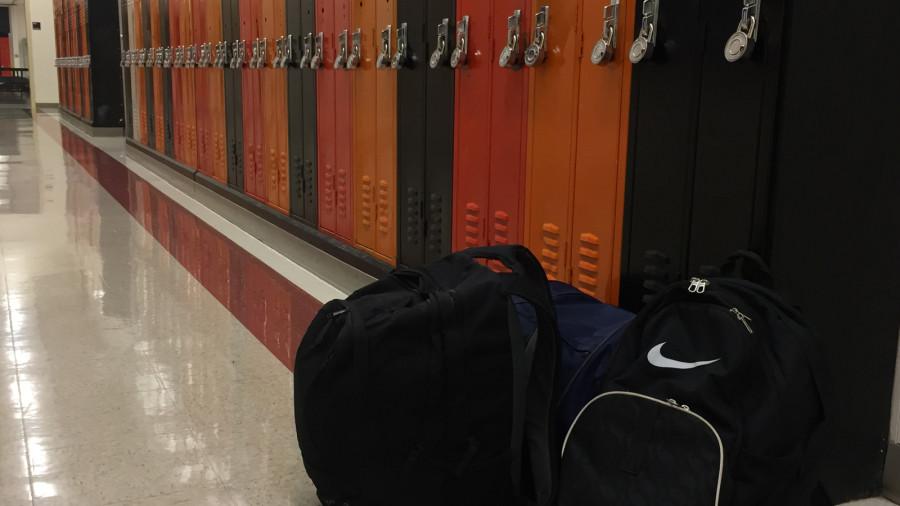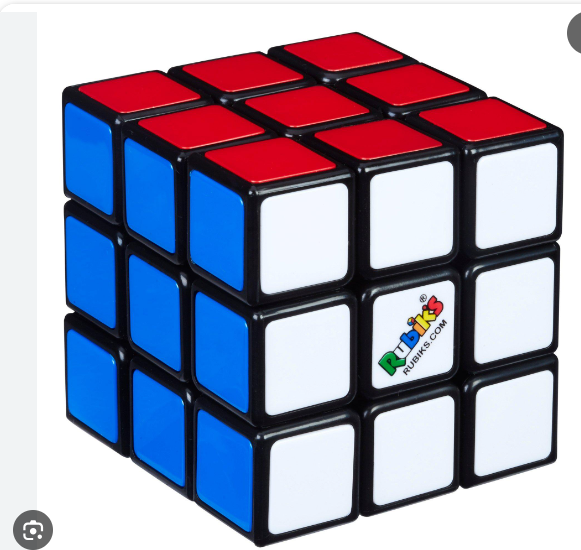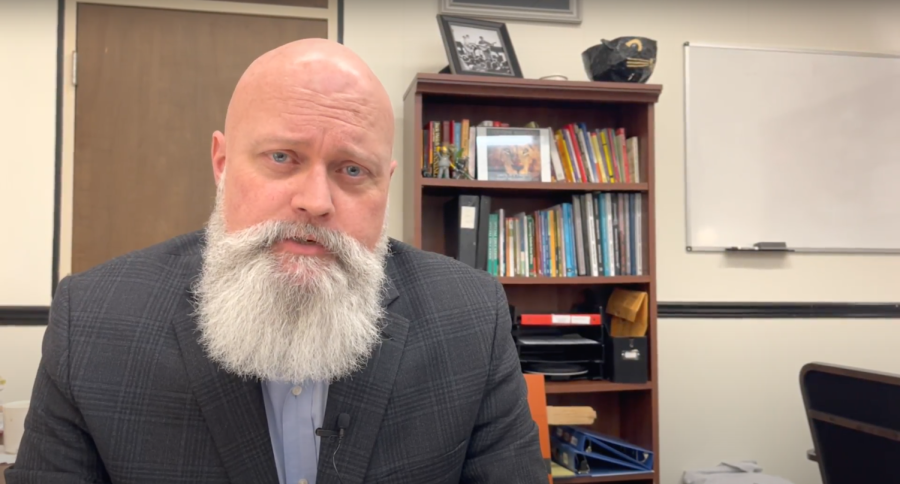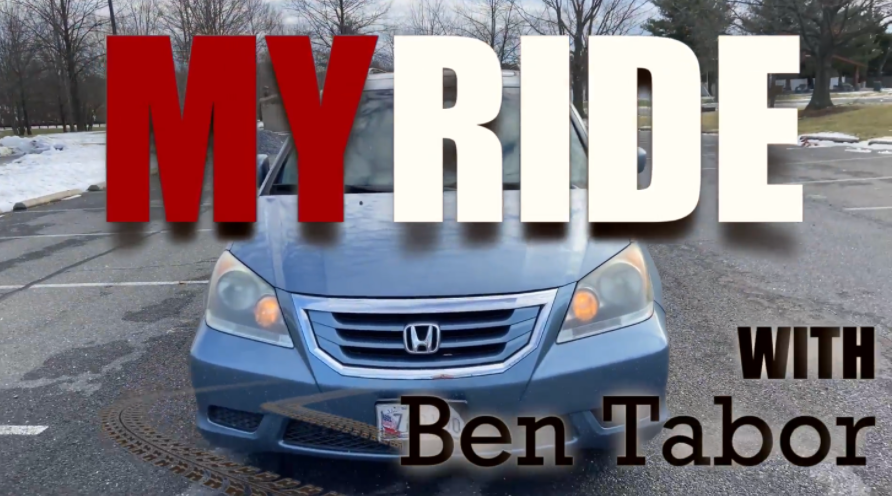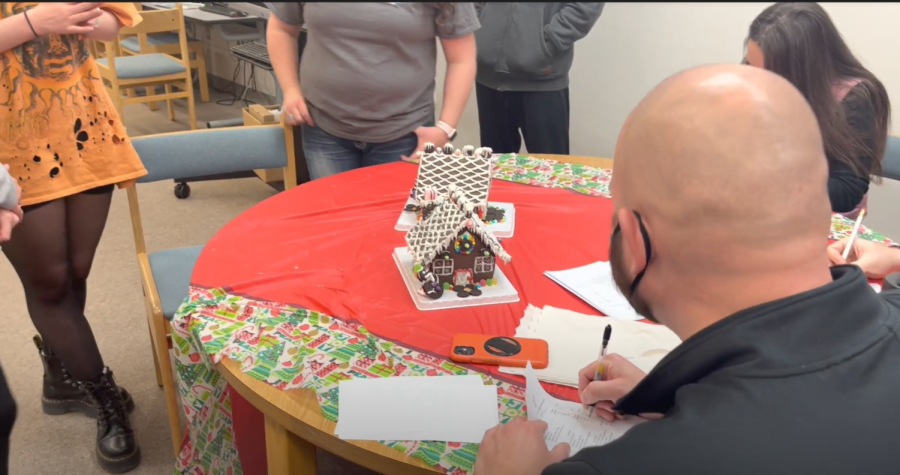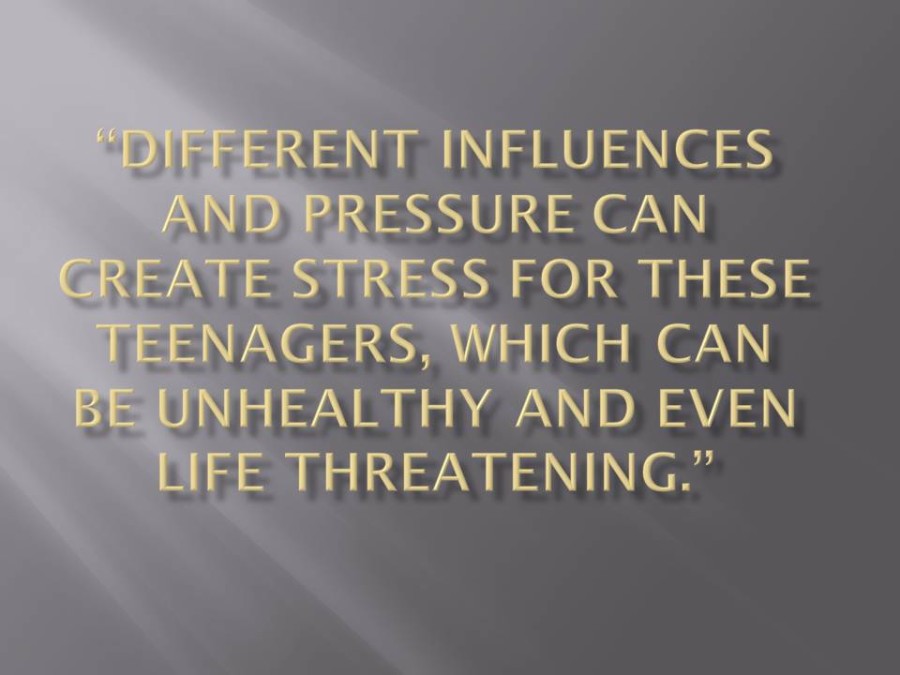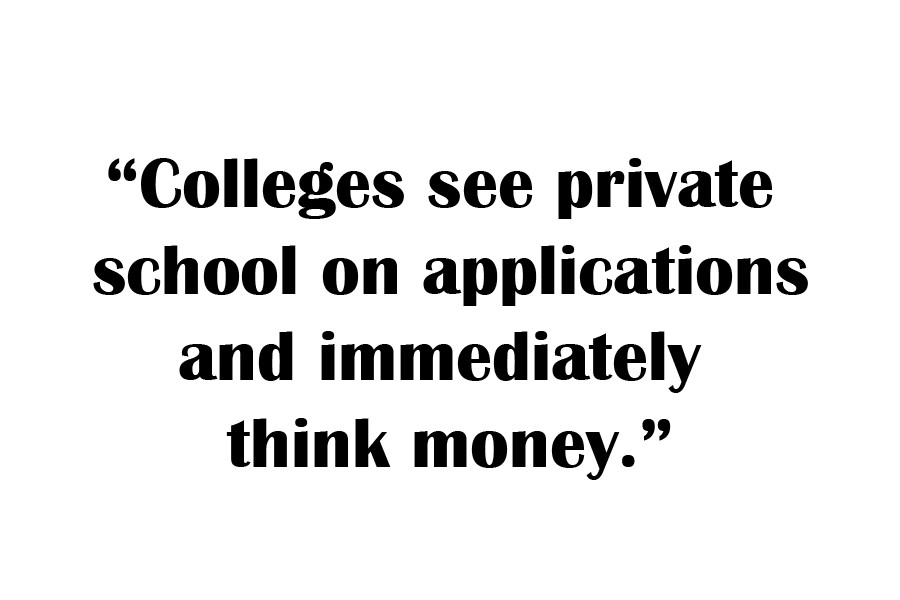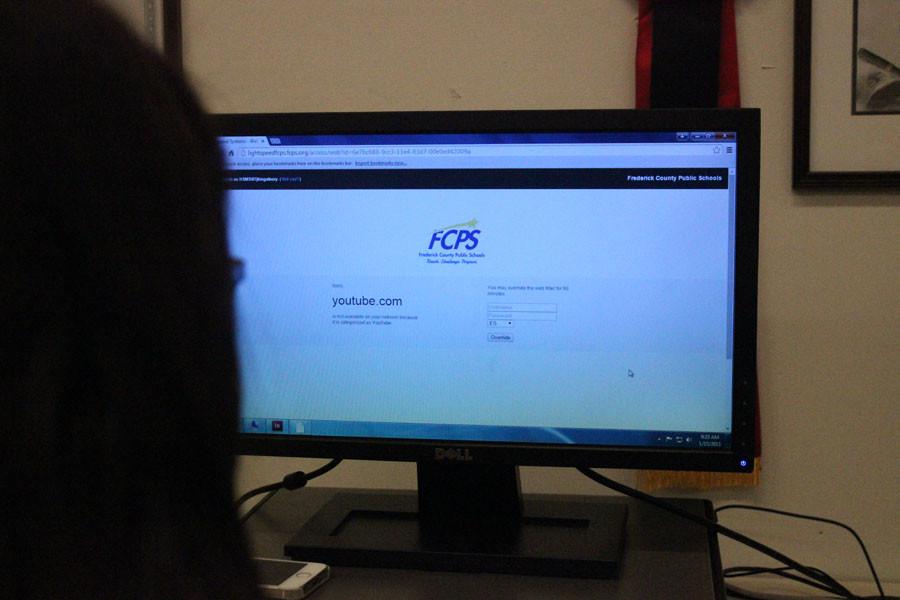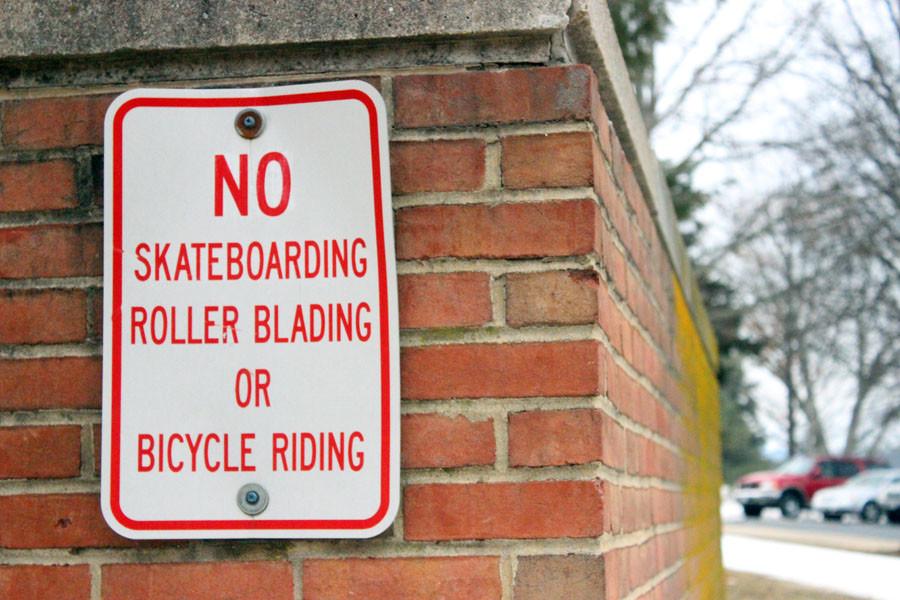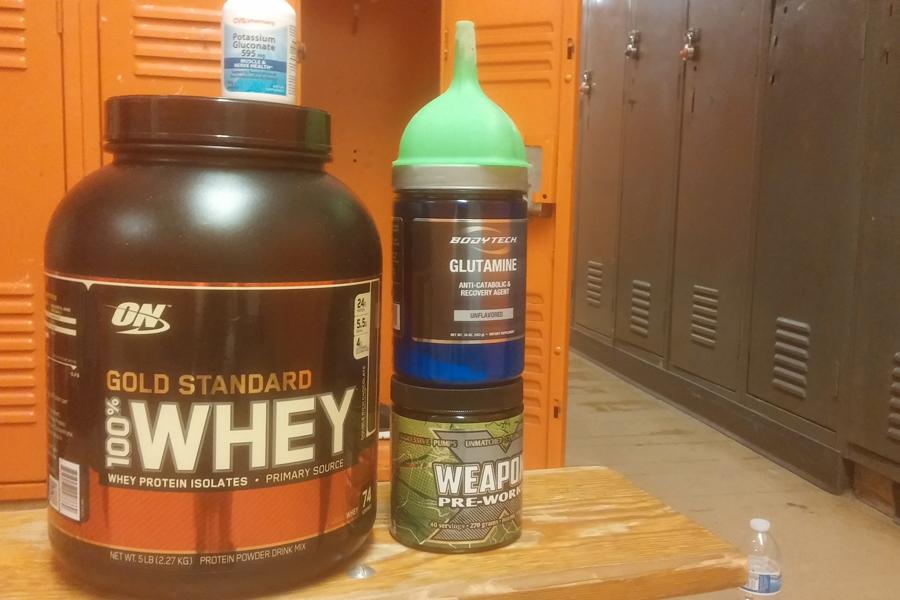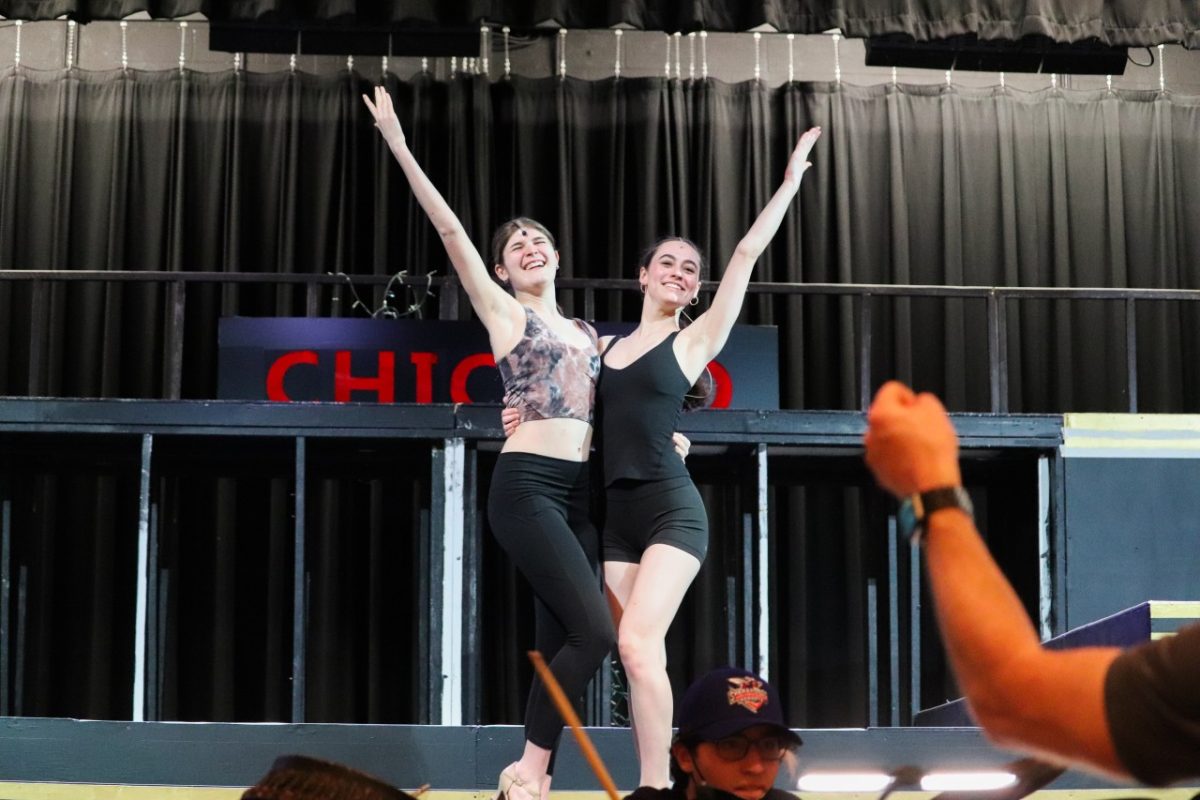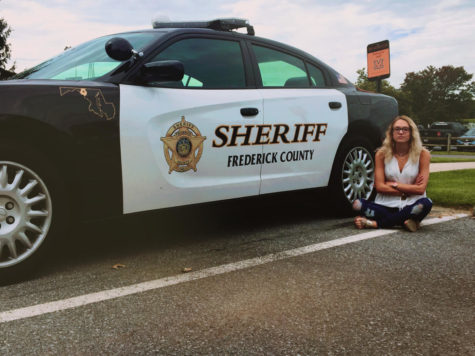It’s 20 pounds. That’s the amount of weight kids carry on their backs every day as they make their way from class to class. Students strain their backs in the name of education. They might end up with good grades; they might also end up with back problems. One hundred and eighty days of never-ending back pain.
On the first day of school, nine times out of 10 students will receive a textbook from their teacher. One that is either small and thick, or large and thick. But either way, is it really necessary?
Ty Crompton, Middletown High School social studies teacher, said, “Students need the info, definitely. There might be a passage they have to read, or follow-up questions they have to answer. Most always there is a map or chart they have to look at, especially in my class.”
Clayton Dean, MHS sophomore, has a different opinion. “Take-home textbooks are kind of pointless because we never even use them even though teachers tell us to keep them,” he said.
With the amount of textbooks kids carry, it’s easy to imagine a bunch of slugs walking in the halls. Hyperbole aside, they’re on the verge.
“By the time they’re in their 20s, kids will have distorted all of their natural curves in the middle and lower back. There could also be rounding of the shoulders, and most will grow up to naturally lean forward, reducing their balance. For most of their life, future students will have lower back pains and headaches,” Middletown Middle School physical education teacher Chip Phillips said.
In a perfect world, students might get a locker to avoid their back turning to mush.
“I didn’t get a locker because they could give you one far away from the route you take to get to your classes. So I’d probably never use it in that case,” said Dean.
MHS senior Jake Sands agreed with Dean. “A locker wouldn’t even benefit me,” said Sands. “I like to carry all of my books with me so I don’t have to spend time going to my locker between classes. I also like knowing I have all of my books on me at all times.”
Middle schools aren’t quite so lenient involving using lockers or letting students carry around their book bags. Students are required to get a locker and spend $5 on getting a lock for the locker provided to them.
Students who have lockers might not have backpacks that are as heavy, but they have another struggle: getting to class on time because they had to stop at their locker.
“I never have enough time to go back to my locker because they only give us four minutes to get from our locker to our next class,” said Annalies Burns, MMS eighth-grader.
MMS eighth-grader Hayley Hill has the exact opinion.
“I guess it’s nice having a locker because we don’t have to carry as much,” said Hill. “But we really do have such little time to go to our locker and our class all in only four minutes.”
“I carry four binders and my geometry workbook in my bag,” said Dean.
“I carry usually two or three textbooks in my backpack,” Sands said.
“I usually bring my agenda, a book and my pencil pouch,” Hill said.
“I carry a binder with all of my classes in it,” said Burns.
There’s definitely a difference in the amount of stuff each school requires to be carried. In elementary school, it was almost nothing, in middle school it increased, and in high school students are struggling to walk even without backpack.
Phillips explains two ways to help reduce back pain. “The book bag shouldn’t be more than 15 pounds; it’s normally 10 to 15 percent of their body weight. Also, the heaviest items the students carry should be closest to the back,” said Phillips.
“And a lot of students carry unnecessary essentials. They should only bring their supplies for each class and sort out what they need when they get home to reduce the load they’re carrying,” added Phillips.
Today’s students also require technology for many of their classes. BYOD in schools might mean a backpack that includes a phone, a laptop, headphones or a tablet. Many people take advantage of Kindles or the Kindle app for Apple or Samsung products. This app is used to download books.
Many textbooks and novels have an electronic version of the actual product, which could help lighten the students’ load.
“A lot of new textbooks we’re ordering do have an electronic version,” said Crompton.
Despite the apparent benefits of technology that would reduce the need to carry textbooks, many students aren’t so into the idea.
“Using tablets instead of textbooks sounds like an interesting idea, but I see nothing wrong with carrying books,” Sands said.
Dean agreed with the “no tablet” idea.
“I don’t think we should download textbooks onto tablets. I like tablets for researching things in class, not reading textbooks or books,” he said.
Even if students like the idea, it might never happen.
“It would be so expensive. They would have to be upgraded and replaced way too often to keep at a reasonable budget,” said Becky Reickel, MHS media specialist.



